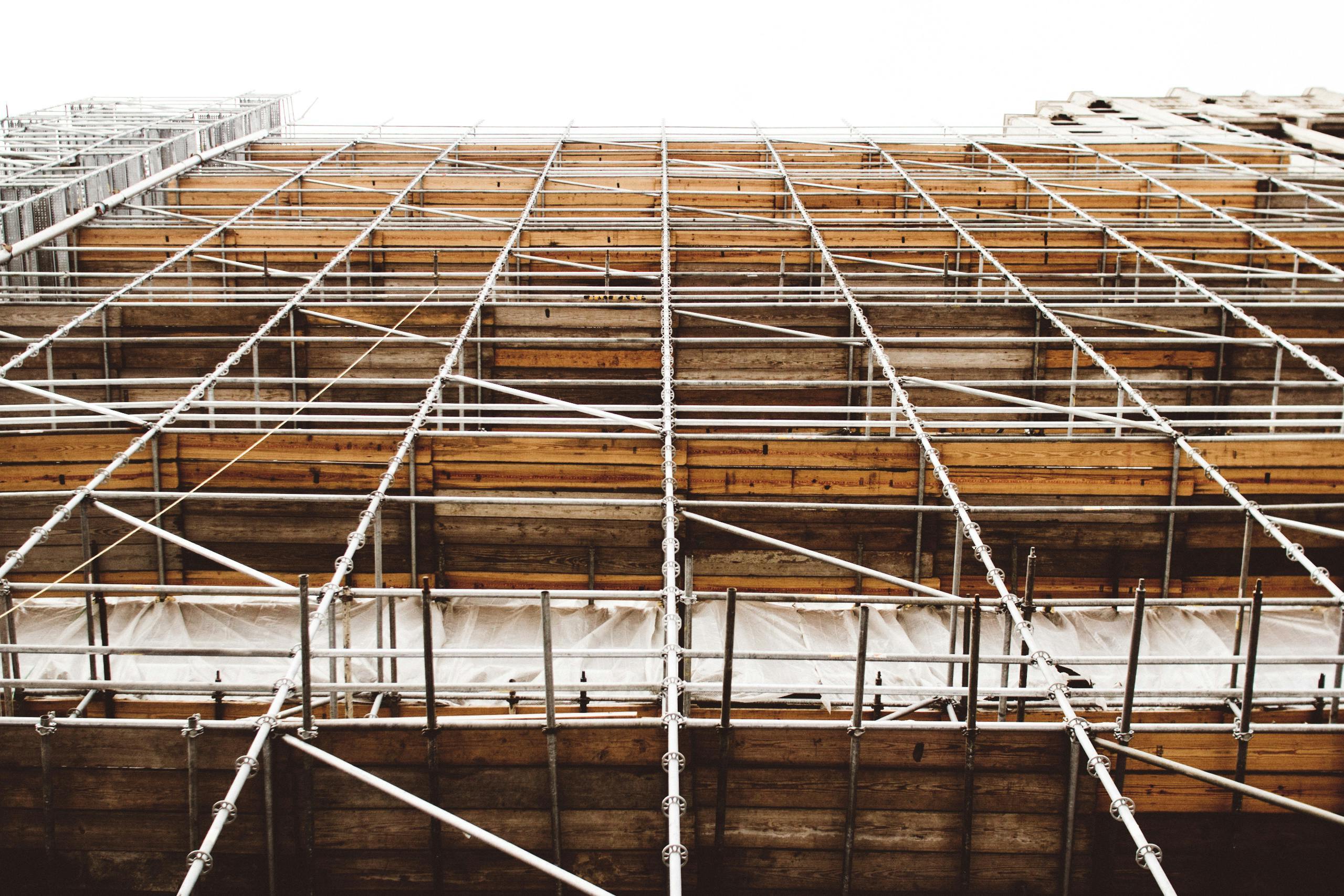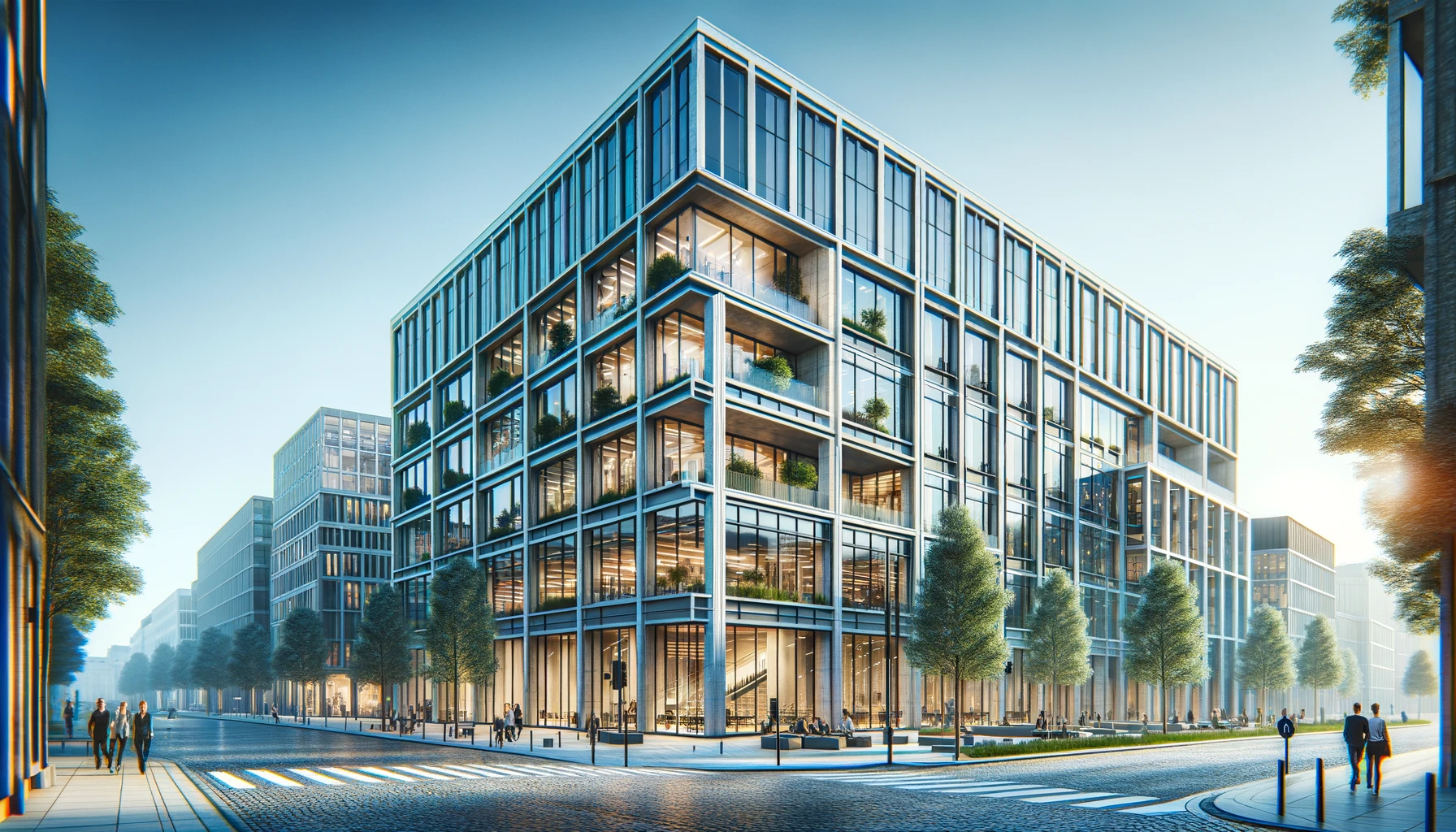New environmental weighting in public tenders promotes sustainability
A new rule is introduced in Norway saying that climate and environmental considerations are to be weighted at least 30% in public tenders.
A new rule with effect from January 1, 2024, thus states that climate and environmental considerations are to be weighted at least 30% in public procurements. This is a significant change, emphasizing the need for the development and use of environmentally friendly and sustainable solutions in the construction industry.
With an annual procurement volume of around 740 billion Norwegian kroner, the state plays a significant role in the construction industry. The new rule entails that public actors will now integrate environmental considerations into all stages of the procurement process. The new rule intensifies the focus on the environment and gives Sensor Innovation and our system a key role in promoting an active and concrete measure that provides long-term sustainability and development.
The role of moisture sensors in sustainable buildings
Sensor Innovation offers a digital and cost-effective insurance against moisture damage in constructions. By installing small robust sensors in critical construction components, vulnerable areas for moisture development are mapped, and deviations are immediately notified via SMS, email, or directly through the building's SD system. We also offer customized data analysis and can create unique reports to document the development during the construction phase, warranty period, and further into the operation of the building stock.
Explanation of the new rule
The change thus requires that public procurers weigh climate and environmental considerations by at least 30% in their tenders, or alternatively, set specific climate and environmental requirements in the specification. This creates an incentive for suppliers to innovate and develop greener solutions, and it can contribute to a more sustainable and environmentally friendly development across various sectors. It also puts pressure on suppliers to improve the environmental profile of their products. It also encourages holistic thinking around environmental impact in production and the lifecycle of products and services.
Sensor Innovation has already - at the request of several municipalities - helped to formulate basis for new specification requirements regarding moisture monitoring of roofs and other critical construction components. This is especially relevant considering the increase in the use of blue and green roofs used for purposes other than draining away water.
In addition, there is a significant increase in the use of cross-laminated timber as load-bearing elements in constructions. Thus, there should also be requirements for long-term monitoring of timber moisture in critical points to ensure load-bearing capacity and function.
A milestone for Sensor Innovation
For us at Sensor Innovation, this rule change represents a significant opportunity. Our technology can play a crucial role in meeting the stricter environmental requirements of public procurements. By implementing the moisture sensor system into®, public construction projects can not only achieve better energy efficiency and reduce their carbon footprint but also improve the lifespan and quality of buildings.

The scope of building damages is estimated at 5% of construction costs, of which 75% of damages are moisture-related. According to Finans Norge's VASK analysis, over the past 15 years, this share of moisture damage has increased by a whopping 115%. Our sensors provide continuous data enabling better control in construction processes and greater security in regular operational phases:
Monitoring during the construction process: By installing moisture sensors during the construction phase, Sensor Innovation can help ensure that materials dry properly and that construction standards are met. This prevents potential moisture damage that may arise due to inadequate drying of materials or condensation problems. By continuously monitoring moisture levels, contractors can make necessary adjustments in real-time, contributing to ensuring the quality of the building from the foundation up.
Early detection before damage: Sensor Innovation's moisture sensors are placed in critical and moisture-prone areas of the building such as roofs, terraces, walls, areas with pipes, and bathroom walls. The sensors - with corresponding tailored software - alert at early indications of leakage, condensation, or inadequate ventilation in the construction phase, operational phase, and measure the effect of corrective actions.
Monitoring the building's lifespan: By installing moisture sensors in the construction/renovation phase, you ensure that any building moisture or leaks are detected well before damage occurs, and that the effect of corrective actions is monitored until the building is dry at handover. For the next 30 years, our sensors are operational 24/7, and the building owner or operator has good control over the building's health before damage occurs.
A sustainable future
The new requirement for environmental weighting in public procurement sets a new standard for environmental responsibility. For Sensor Innovation, this represents an opportunity to contribute to a more sustainable future. We are enthusiastic about collaborating with both public and private actors to harness the potential of a new and sustainable construction practice. Our efforts are not just a business strategy but part of a larger vision for zero moisture damage in buildings.
